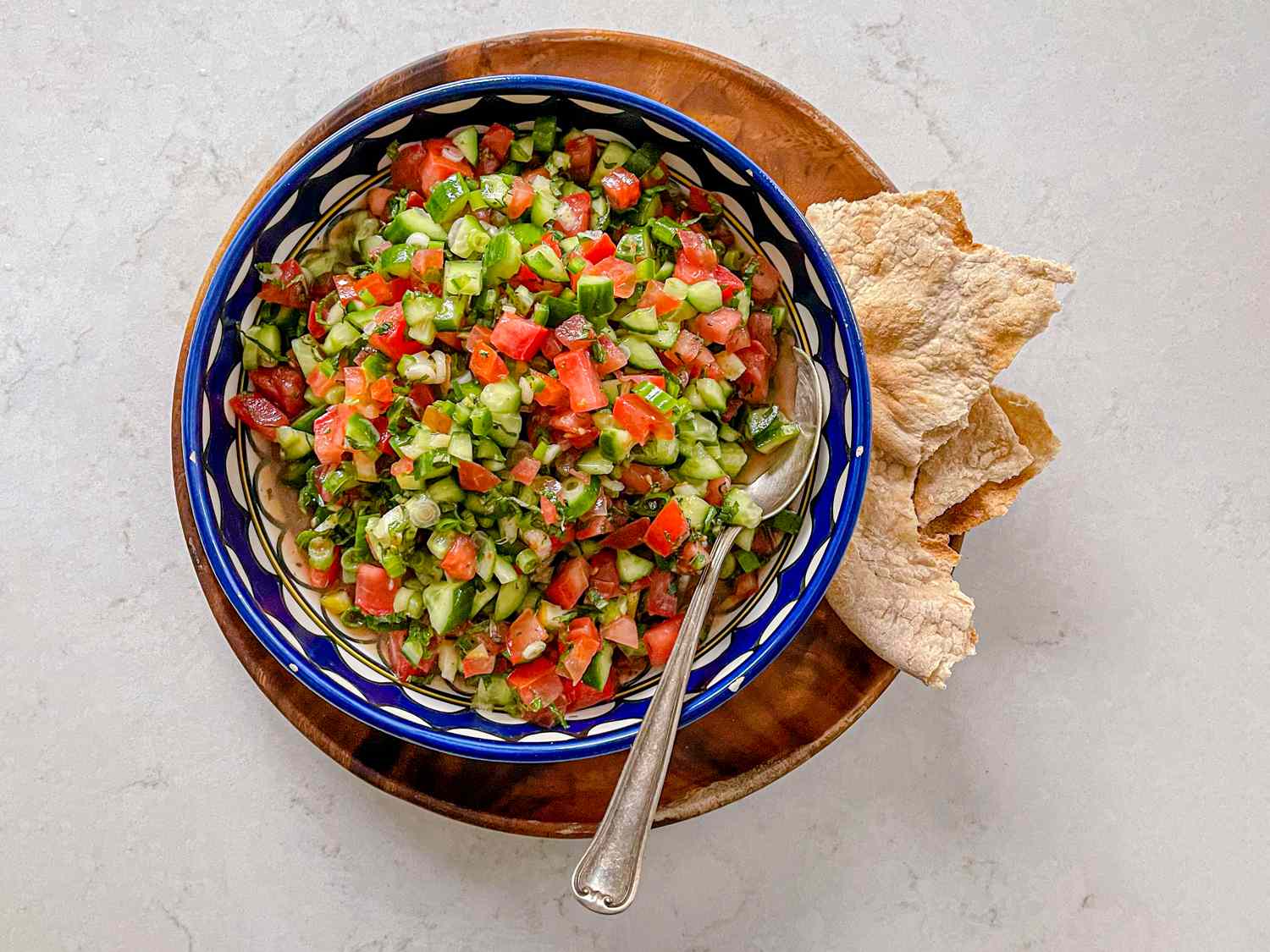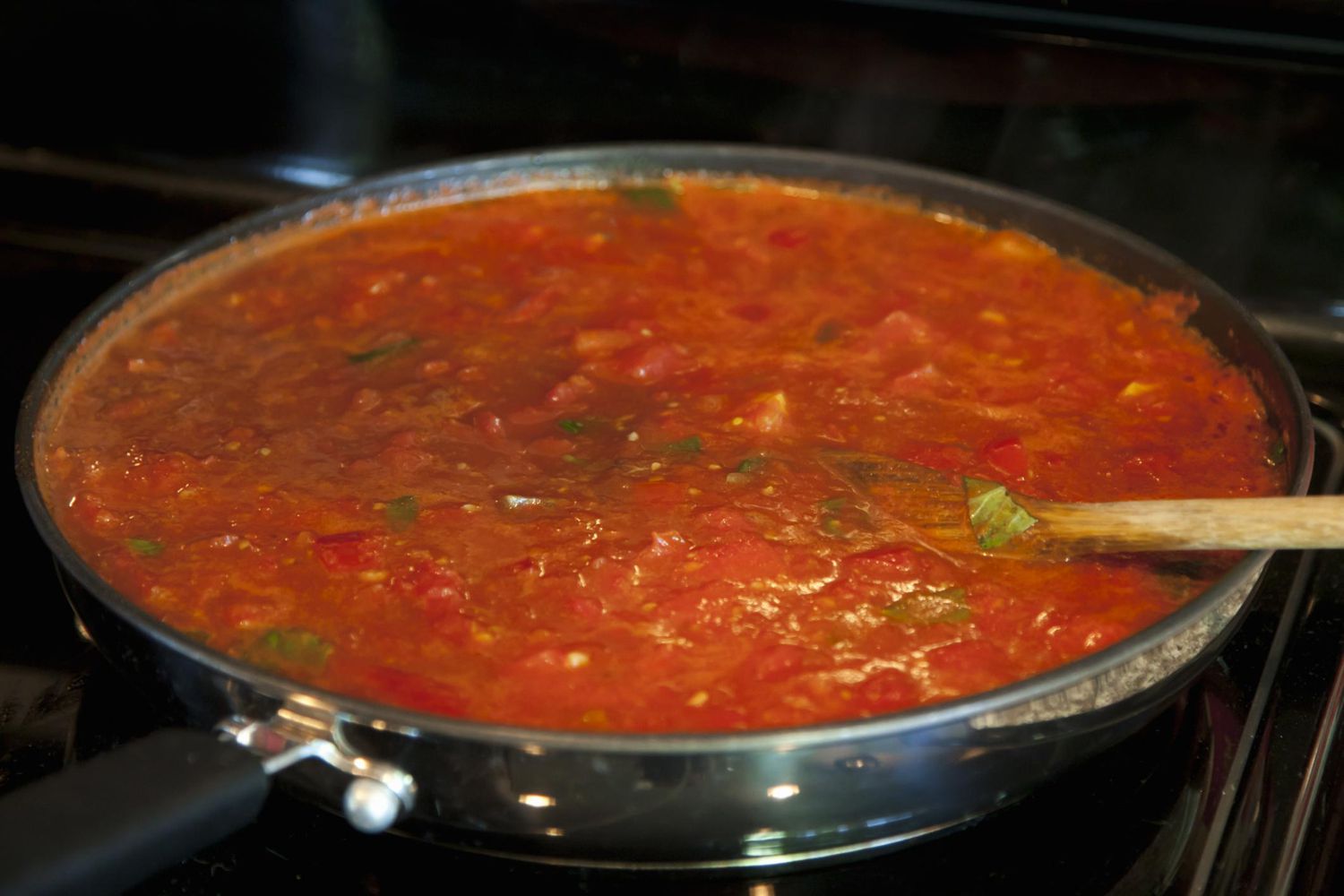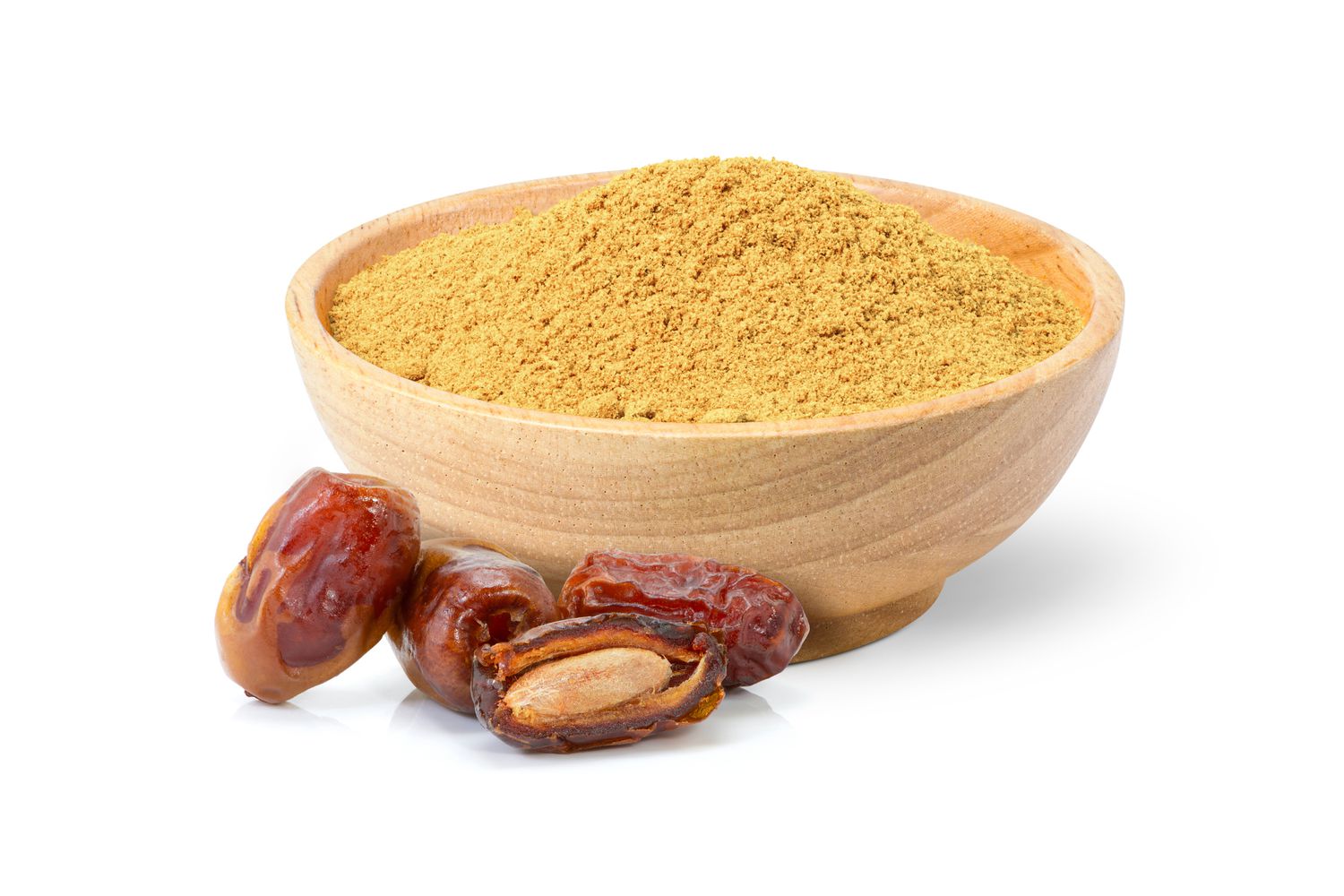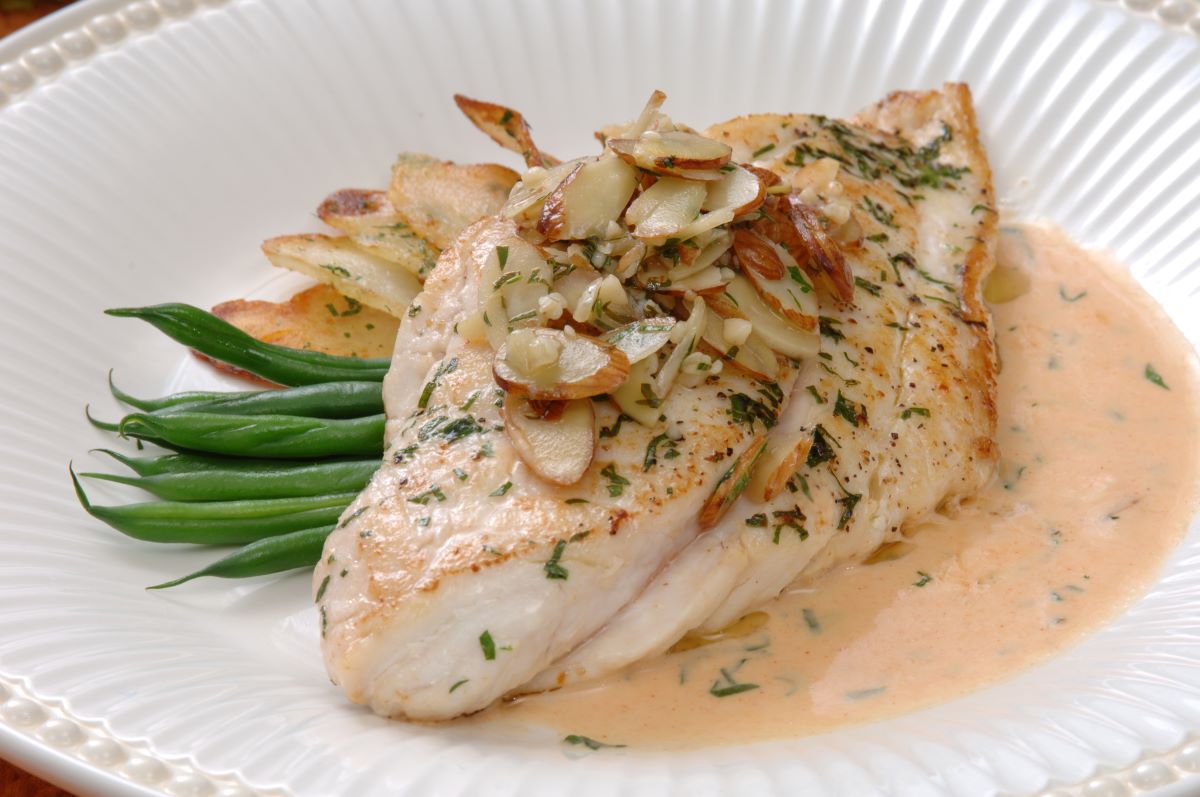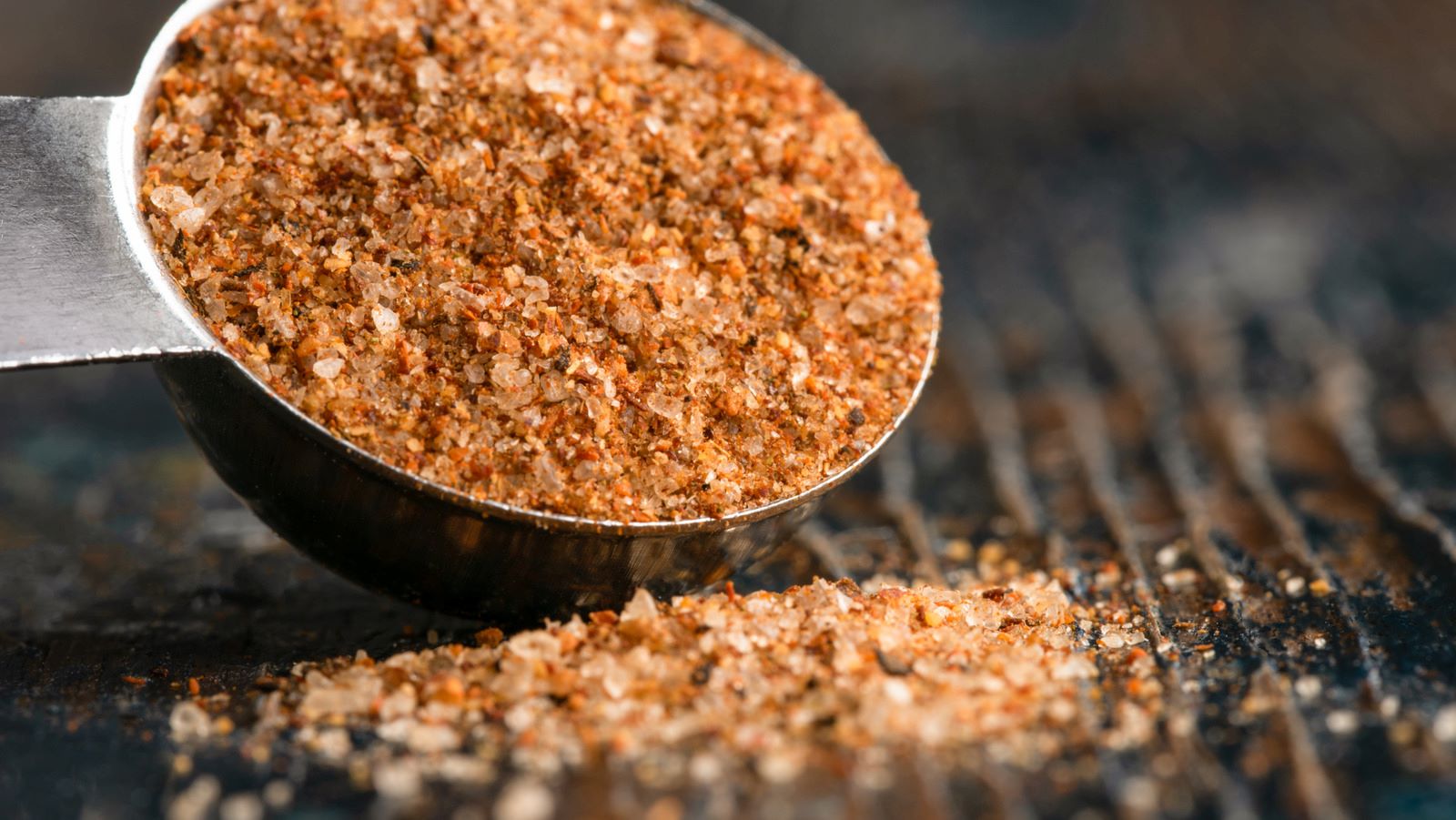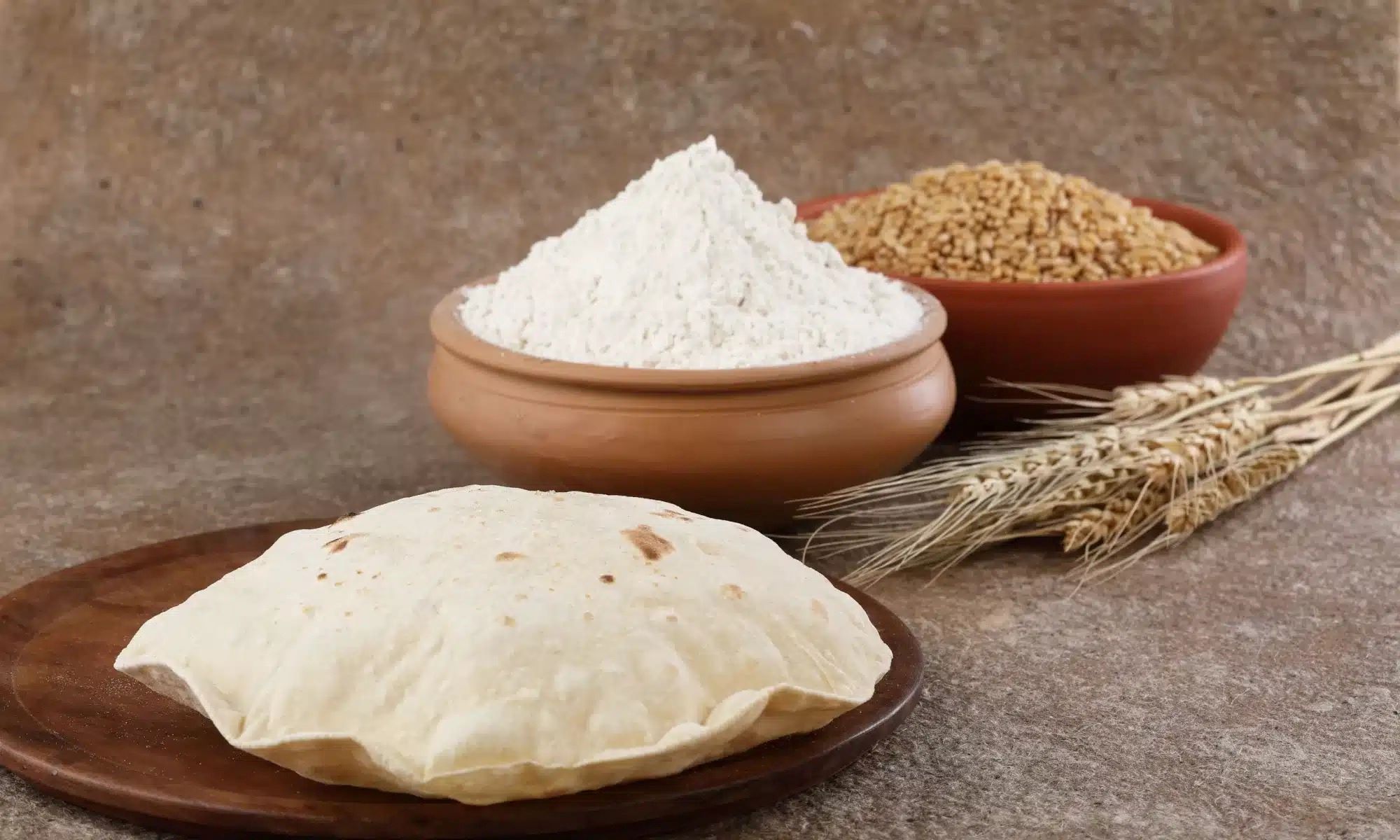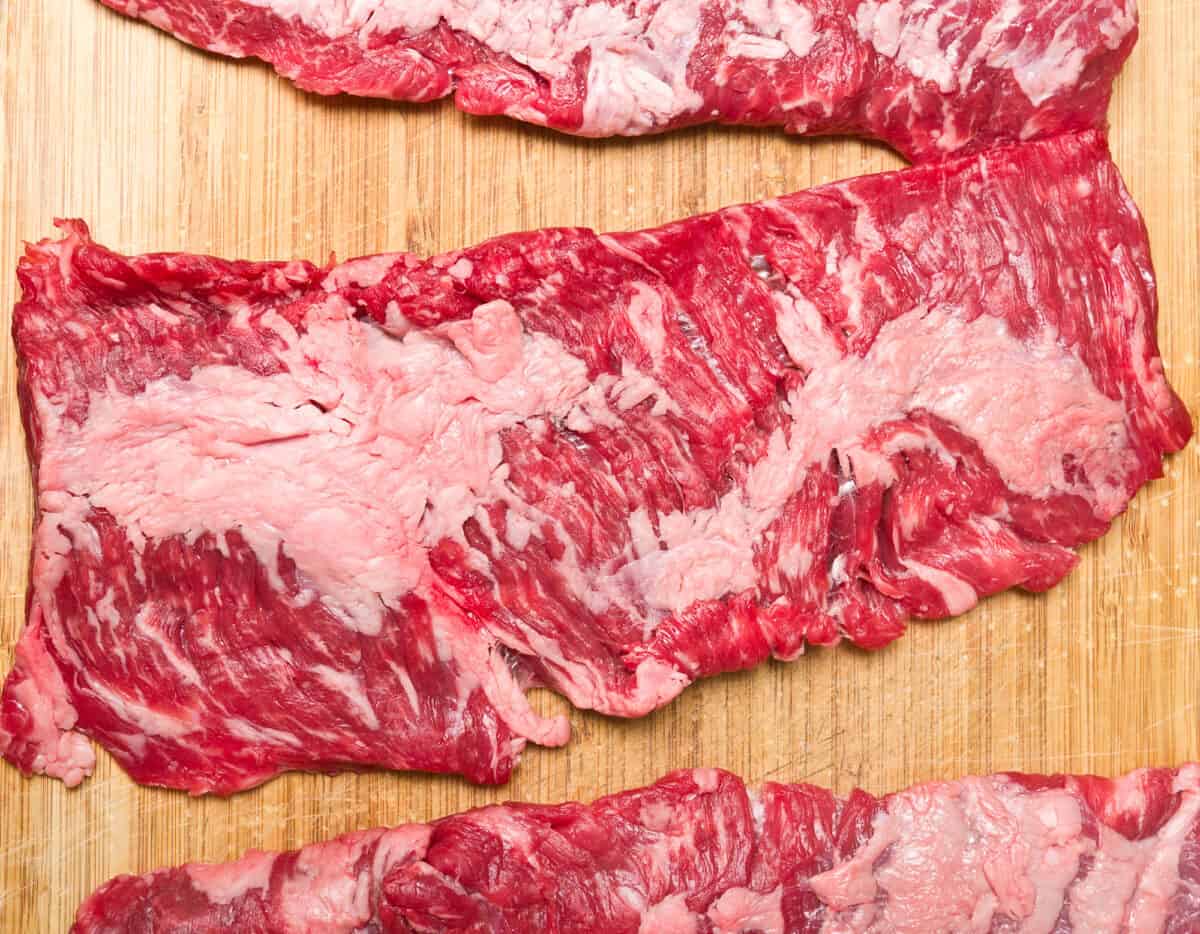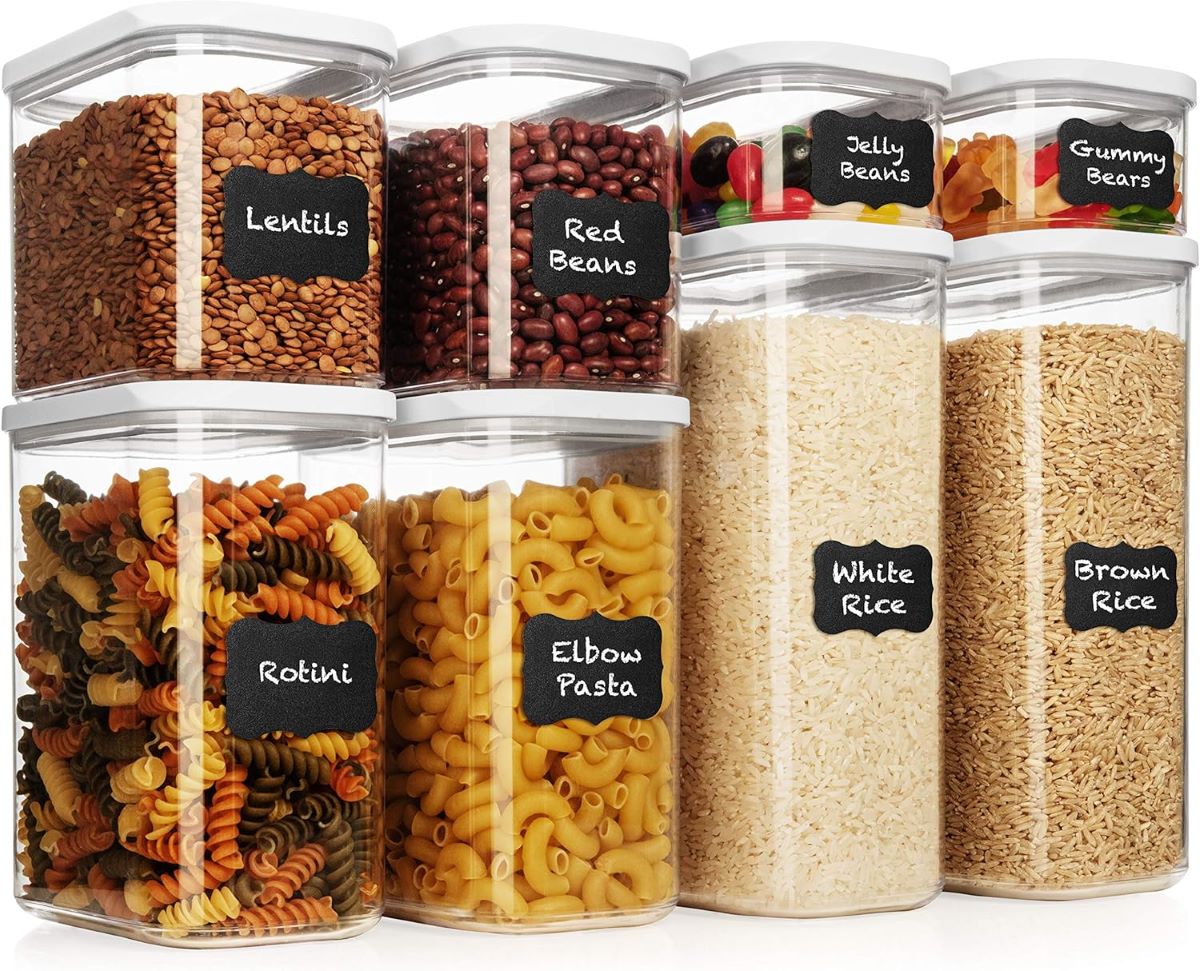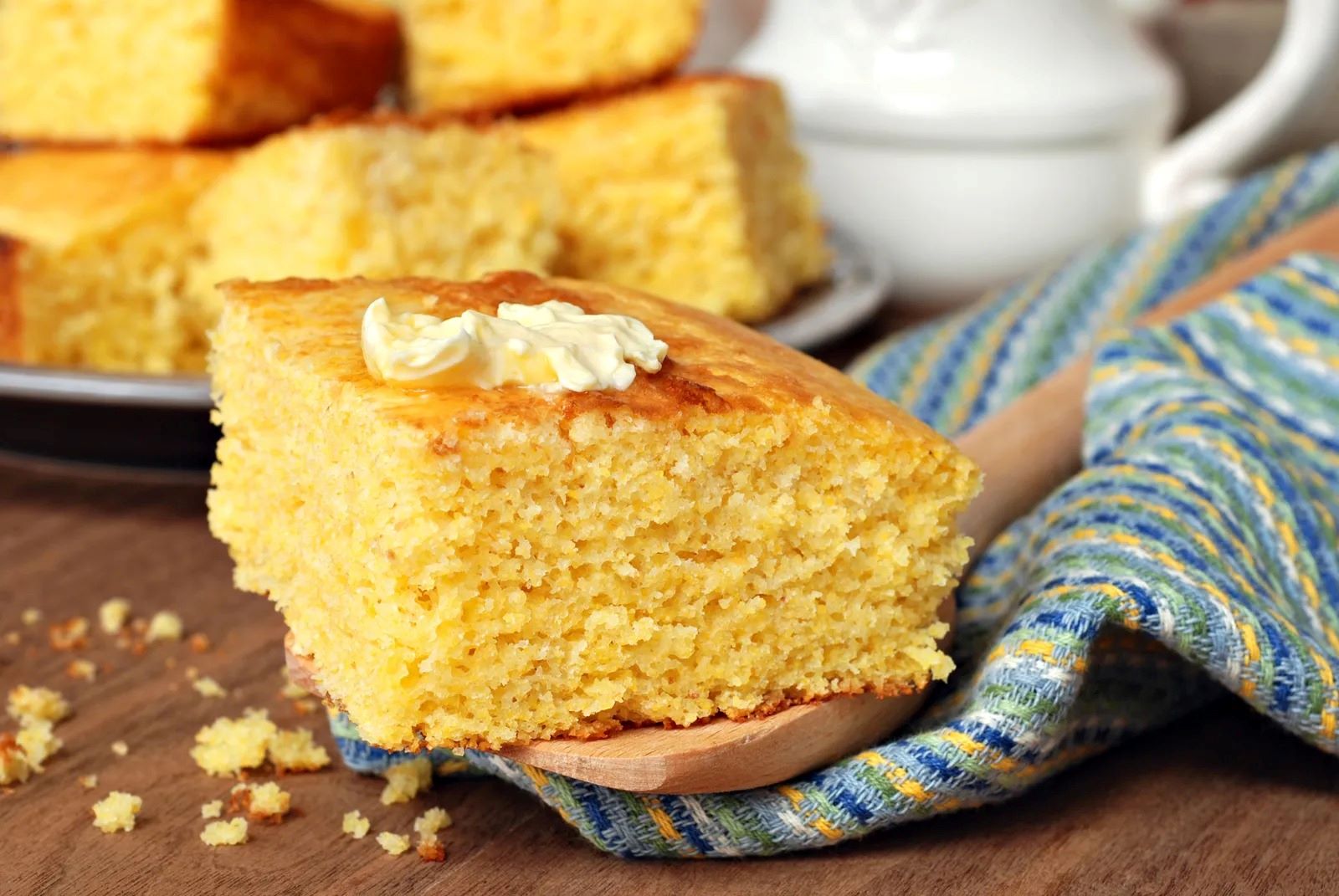Understanding Beef Shortening: A Guide to this Versatile Ingredient
Beef shortening is a versatile ingredient that is often used in cooking and baking. It is a type of fat that is derived from beef and has a wide range of culinary applications. Whether you’re a seasoned chef or a novice cook, understanding beef shortening and how to use it can elevate your dishes to new heights. In this guide, we’ll explore what beef shortening is, how it’s made, and how you can incorporate it into your favorite recipes.
What is Beef Shortening?
Beef shortening is a type of fat that is rendered from beef suet, which is the hard white fat that surrounds the kidneys and loins of cattle. It is solid at room temperature and has a high melting point, making it ideal for use in baking and frying. Beef shortening is prized for its ability to create flaky, tender textures in baked goods and its ability to withstand high temperatures without smoking or burning.
How is Beef Shortening Made?
The process of making beef shortening involves rendering beef suet to extract the fat. This can be done by slowly melting the suet over low heat, which causes the fat to separate from the connective tissue and other impurities. Once the fat has been rendered, it is strained to remove any remaining solids, resulting in a smooth, creamy shortening that is ready to use in cooking and baking.
Uses of Beef Shortening
Beef shortening has a wide range of culinary uses, thanks to its high smoke point and ability to create tender, flaky textures in baked goods. Some common uses of beef shortening include:
- Baking flaky pie crusts and biscuits
- Frying crispy and golden brown foods
- Creating tender and moist cakes and pastries
- Adding richness and flavor to savory dishes
Substituting Beef Shortening
If a recipe calls for beef shortening and you don’t have any on hand, there are a few alternatives that you can use:
- Butter: For baking, butter can be used as a substitute for beef shortening to create rich and flavorful baked goods.
- Lard: Another animal fat, lard can be used in place of beef shortening for frying and baking, although it may impart a slightly different flavor.
- Vegetable Shortening: A plant-based alternative, vegetable shortening can be used as a substitute for beef shortening in most recipes.
Incorporating Beef Shortening into Your Cooking
Now that you understand what beef shortening is and how it’s used, you can start incorporating it into your cooking and baking. Whether you’re making a flaky pie crust, frying up crispy chicken, or baking tender biscuits, beef shortening can add a rich and flavorful touch to your favorite dishes. Experiment with different recipes and techniques to discover the unique qualities that beef shortening brings to your culinary creations.
In conclusion, beef shortening is a valuable ingredient that can elevate the texture and flavor of a wide range of dishes. By understanding its properties and learning how to use it effectively, you can take your cooking and baking to the next level. So, the next time you come across a recipe that calls for beef shortening, don’t hesitate to give it a try and experience the delicious results for yourself.
Was this page helpful?
Read Next: What Is A Chicago-Style Steak
